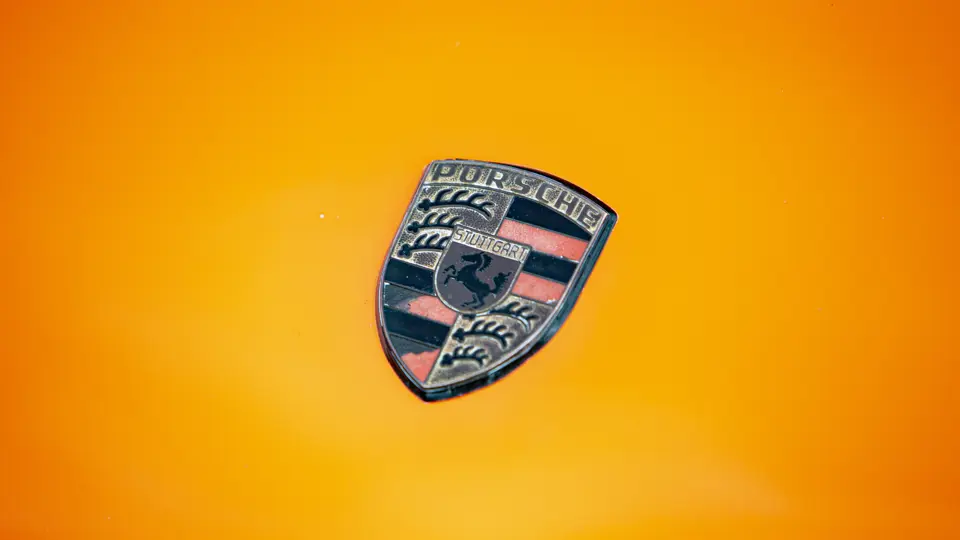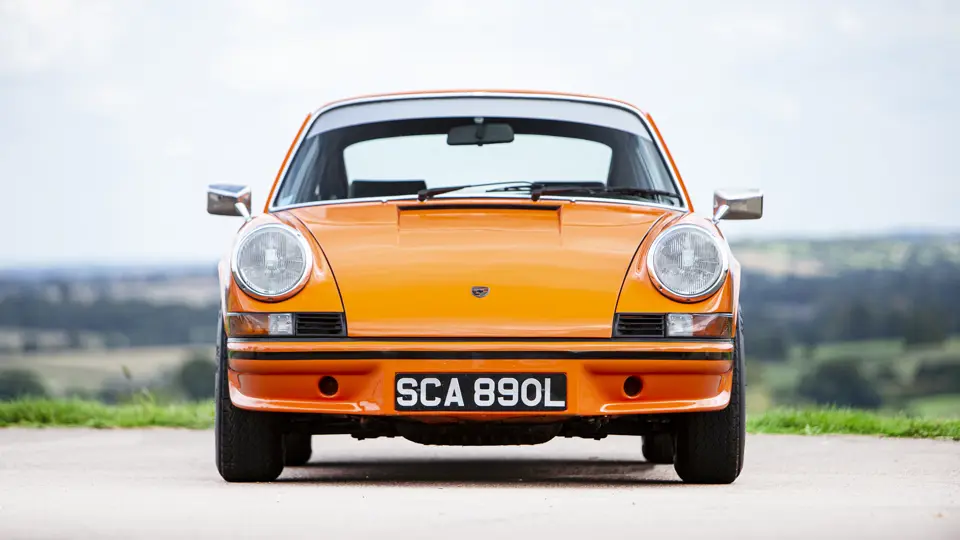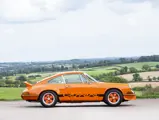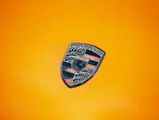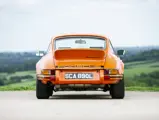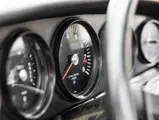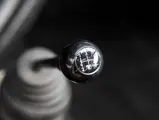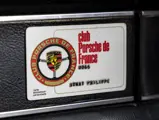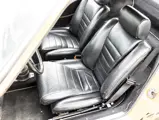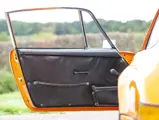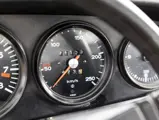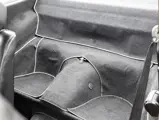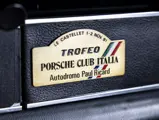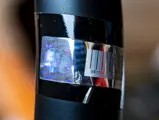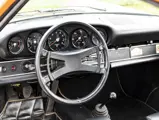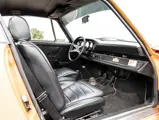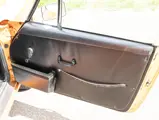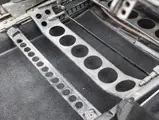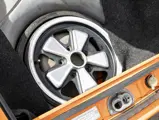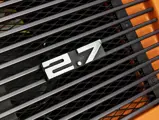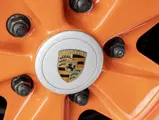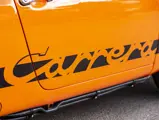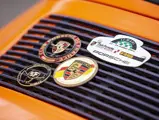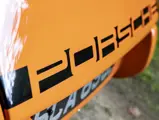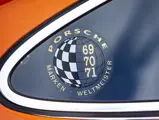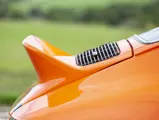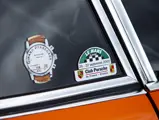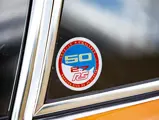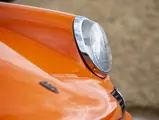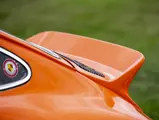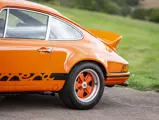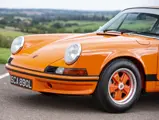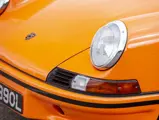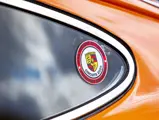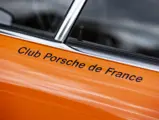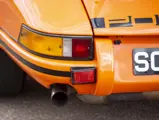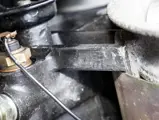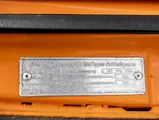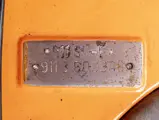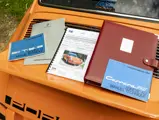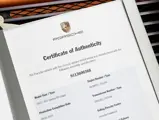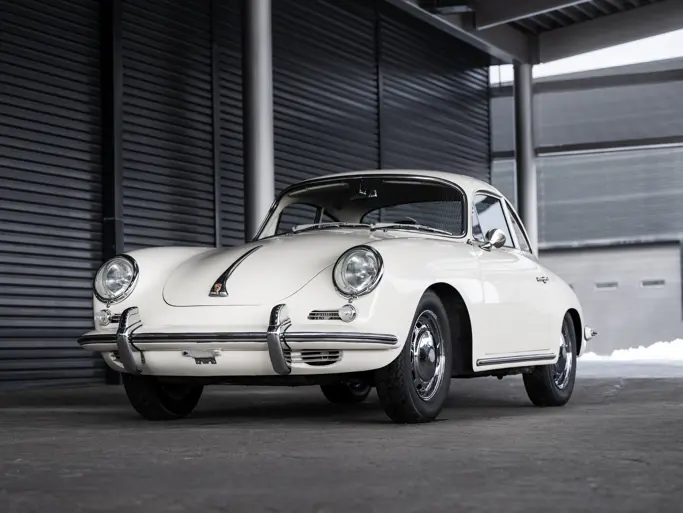
1973 Porsche 911 Carrera RS 2.7 Touring
{{lr.item.text}}
£342,500 GBP | Sold
{{bidding.lot.reserveStatusFormatted}}
- An excellent example of Porsche’s most famous and desirable homologation 911
- Engine overhaul and update completed by Autofarm in May 2022, with around 5,000 kilometres driven since
- Offered for sale with Porsche Certificate of Authenticity, issued in September 2017
- Certified by FIA Historic Technical Passport, valid until December 2027
- Owned for 30 years by ardent Porsche collector, Philippe Aunay, former President of Porsche Club France, and his family
- More recently owned by Josh Sadler, Porsche devotee and founder of marque-specialist workshop, Autofarm
- Appeared as a feature car in French and British magazines including CAR, Classic & Sports Car, Flat6, GT Porsche, Porsche Club GB, Total 911, and Ultimate Porsche
The words “homologation special” will surely stir the emotions of any car enthusiast. The term signifies an obligation for automotive manufacturers to build a minimum number of road-legal cars to meet the entry criteria for certain racing classes. As an end result, every-day car buyers have the opportunity to claim a piece of motorsport history with their own racer for the road—albeit often slightly pared-back to meet road safety requirements.
As long-term participant in many forms of motorsport, the Porsche badge adorns several memorable “specials”. The road-going 959 was born out of the manufacturer’s wish to compete in Group B rally racing, while the 911 GT1 “Straßenversion” was a road-going foil to the endurance racing legend 911 GT1 Evo. But before all these came the first and most coveted of Porsche homologation specials—the 911 Carrera RS 2.7—which was initially made to satisfy the 500 required for Porsche’s entry into Group 3 racing. It was also the first specific homologation model that Porsche actively marketed.
Brand-new for the 1973 model year, the RS 2.7, in Sport (Lightweight) or Touring spec, was based heavily on the earlier 1972 911 S. Key differences came through significant weight-saving, and the fitment of a larger bore 2.7-litre version of the late-specification 2.4-litre 911 S engine. The revised engine was rated at 210 horsepower, packing almost 20 per cent more torque than its predecessor. Thinner-gauge steel panels, a glassfibre engine cover and bumpers, and minimal creature comforts kept the RS Sport to just 960 kilograms.
The recognisable flared rear wheel arches and “ducktail” spoiler give the model signature features that separate it from its road-going forebears. Porsche set out with the intention of building just 500 examples of the model, but the customer order book was complete before the end of 1972. A second series of 500 were laid down, these being sold by the spring of 1973, so a third series was offered. Ultimately, a total of 1,580 cars were built of all variations, including 1,308 of the “M472” Touring version.
This example, chassis “0388”, an early-January 1973 build, is one of those important first series cars. It was sold new in Paris as a basic “no extras” Touring model. Thought to be one of only four cars sold into France in Sepia Brown, accounts of its history suggest it led a very busy life as a daily driver in its early years.
In early 1986, the car was acquired by Philippe Aunay, President of Porsche Club France from 1980 until 2004. Mr Aunay was a high-profile personality around the French Porsche circuit, establishing the Rouen Porsche Centre and IMSA race team in the 1990s, all-the-while amassing an impressive collection of homologation-spec 911s. He claimed that the Porsche had covered 223,000 kilometres when he acquired the car, as told in a 1992 article in Flat 6 magazine that celebrated 20 years of the RS.
As an enthusiast of early-RS models, Mr Aunay entrusted the car to legendary Porsche preparer, Louis Meznarie, and commissioned a total overhaul. This included a comprehensive colour change to Gulf Orange—none had been sold into France in that colour—plus a general simplification back to the more basic Sport specification, while retaining the special Recaro sport seat option. The mechanical rebuild included a factory-exchange transmission, and a total engine rebuild onto a new—and still unnumbered—magnesium crankcase.
Mr Aunay sadly passed away in 2004. At that point, his collection went into storage—a 2015 photo shows this car on a parquet floor and beside a radiator. The cars remained there until the death of his wife in 2016, when the collection was offered to Autofarm, the UK-based independent Porsche specialist. After discussions between Josh Sadler, co-founder of the workshop, and Mr Aunay’s son, Olivier, who tragically died in a motorcycle accident in 2018, a deal was finally struck, with this 2.7 RS Touring heading back to the Bicester workshop in October 2016. Having been retained by the Aunay family as the weekend “fun car”, the Porsche was cherished, so a deal was brokered. Mr Sadler had established Autofarm in 1973 as an enthusiast of the RS 2.7, so found himself in the position of being unable to resist buying this example—which had also been Mr Aunay’s first 2.7 RS.
Upon arriving at Autofarm, the odometer read 55,000 kilometres—though this is known to hide large parts of the car’s actual mileage, owing to its five-digit display. Come 2021, 35 years after the mechanic Menzarie had rebuilt the engine and with the odometer showing 71,000 kilometres, it had begun to leak oil. With Autofarm’s help, Sadler embarked on the next engine overhaul, enabling him to add all the engineering upgrades developed over the decades. The nominal degree of wear supported the suggestion that the engine had only covered around 48,000 kilometres since 1986.
While chassis 0388 isn’t a “garage queen”, it is an RS that—with Sadler now not far off 80 years old—needs to find a new and hopefully active home. The Porsche comes with historic competition safety equipment as spares, along with its original steel Touring bumpers and sundry other parts. Mr Sadler has even kindly offered his continued support if required.




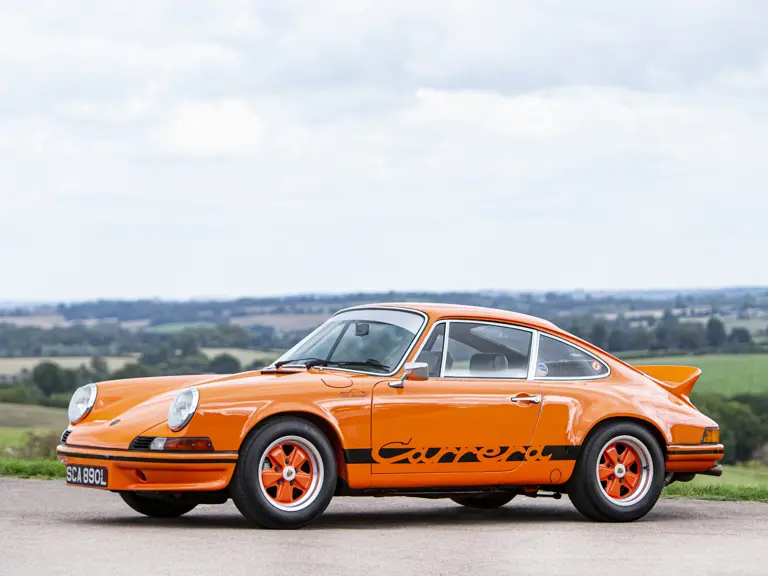
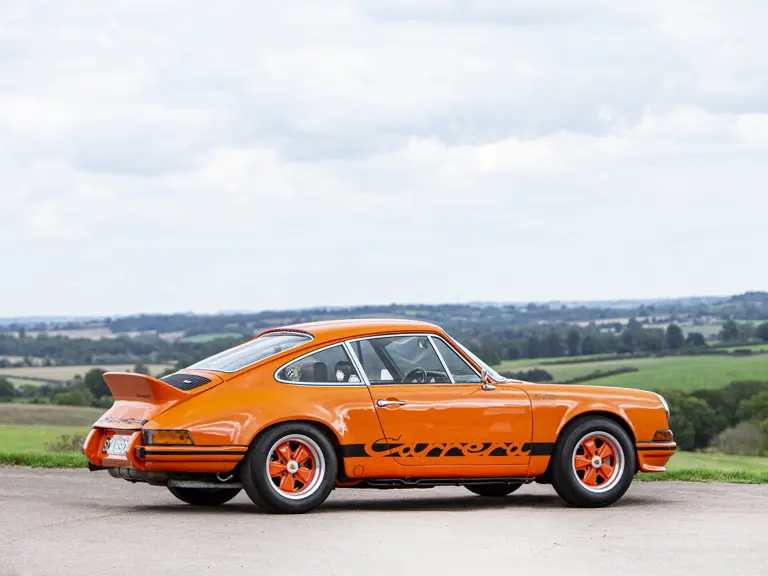
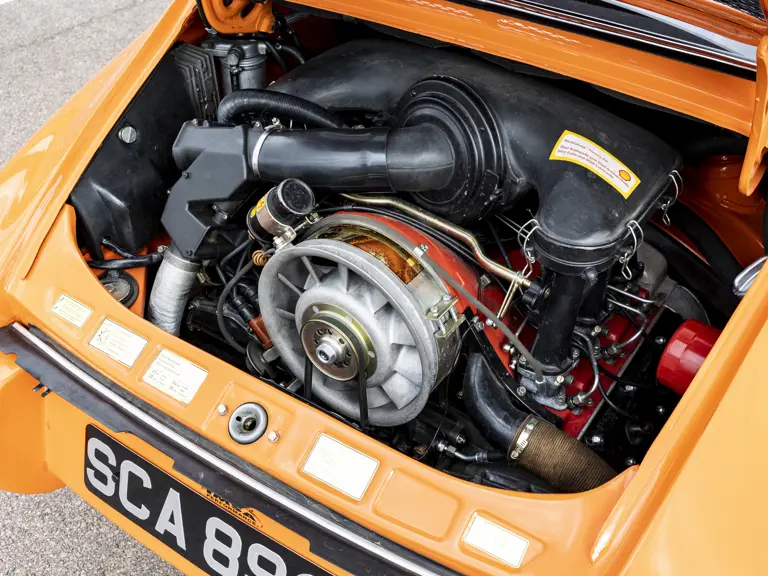
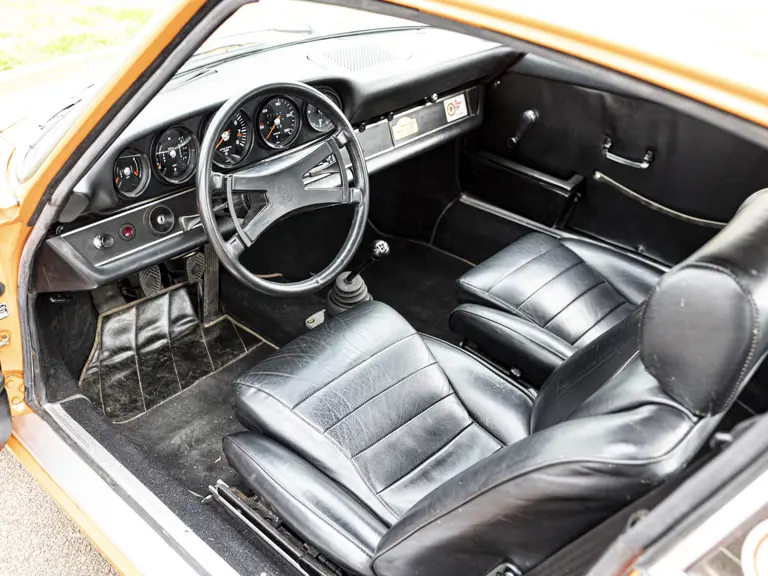
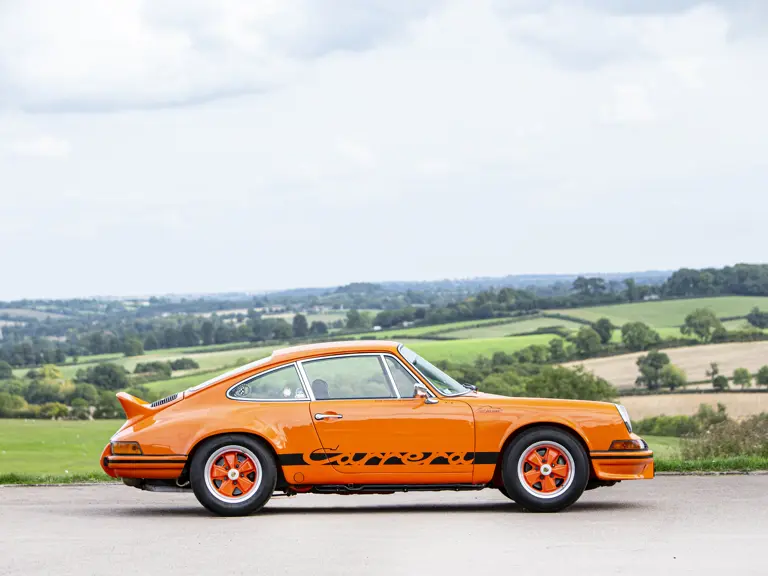
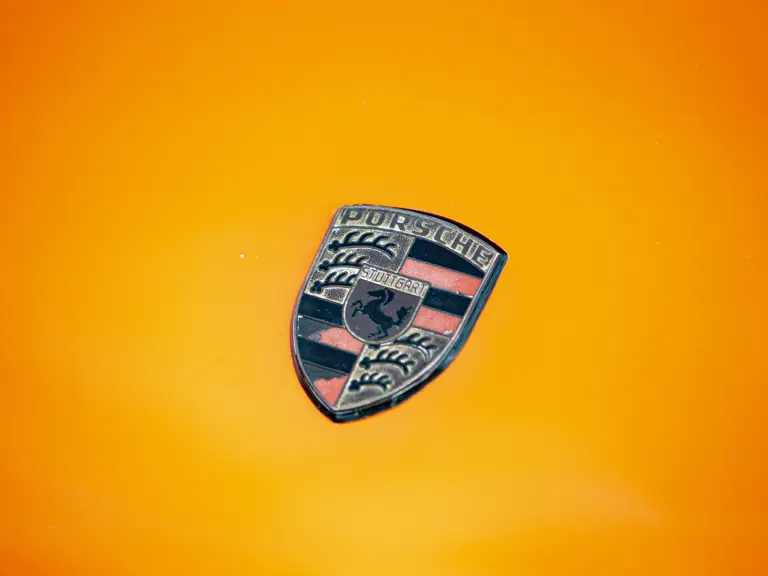

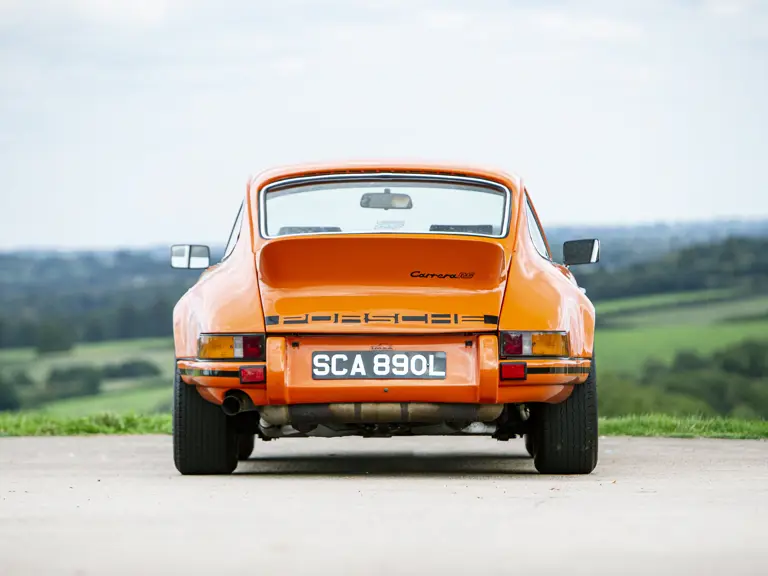
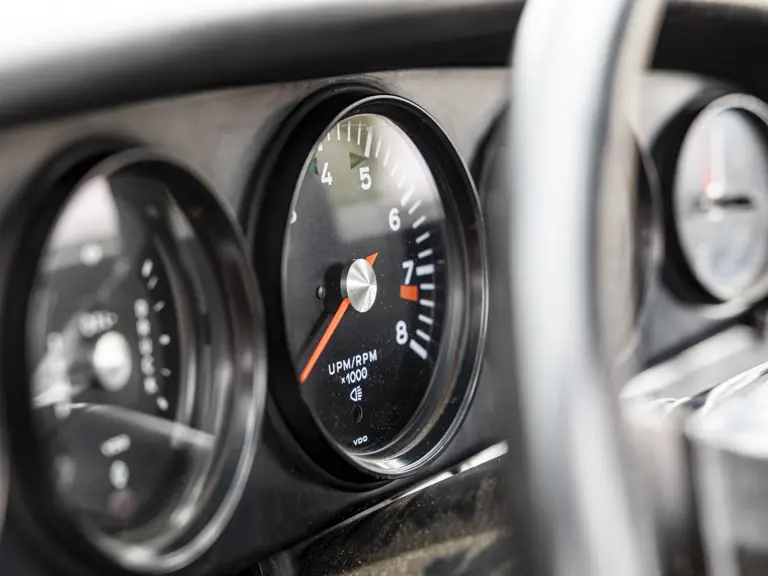
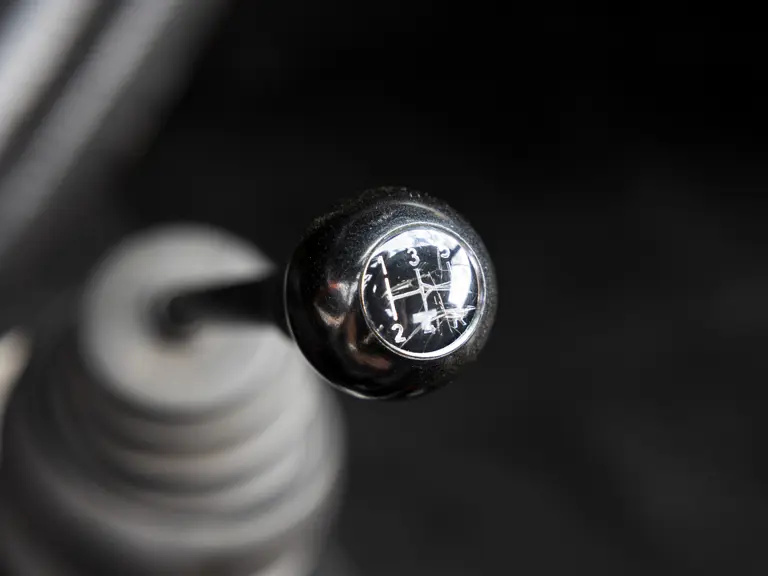

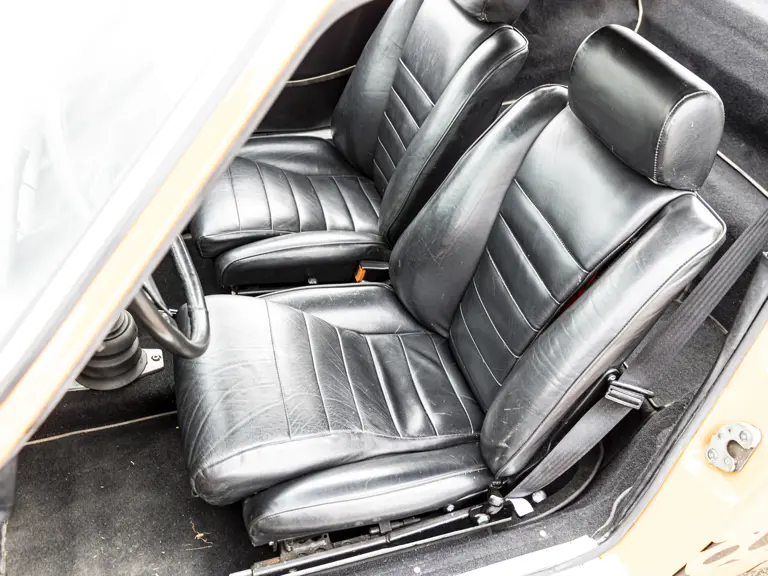


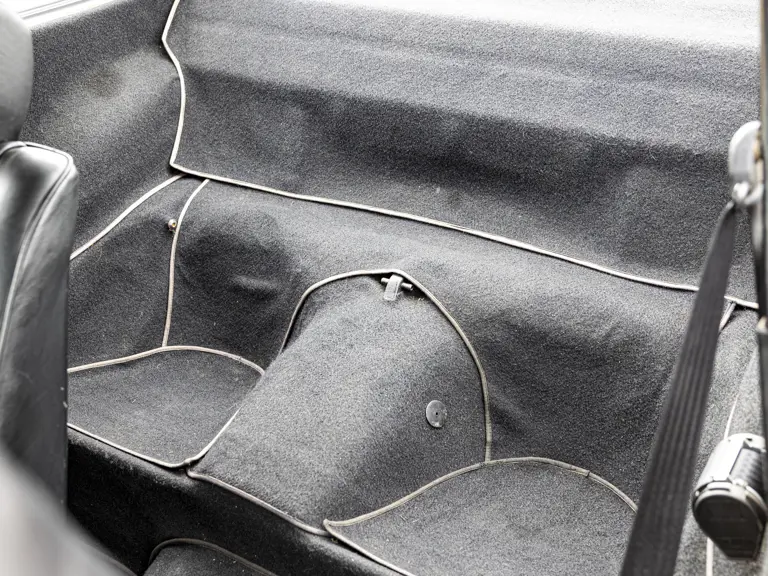
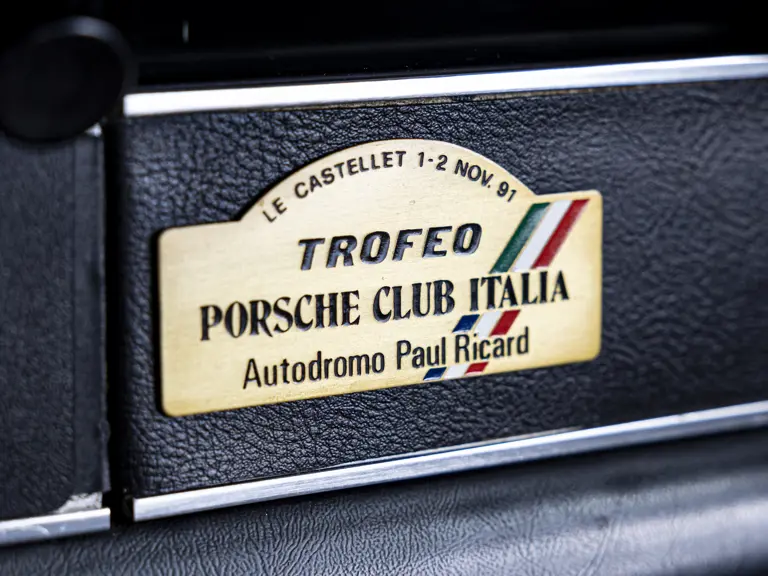
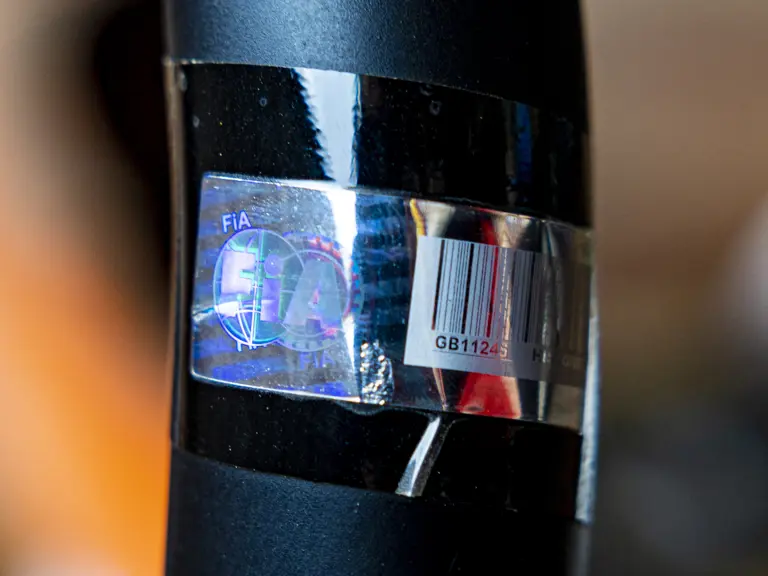
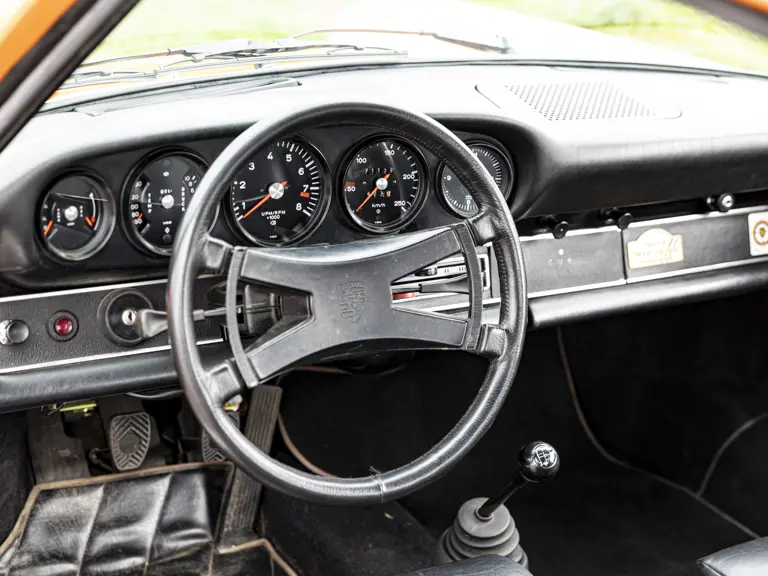

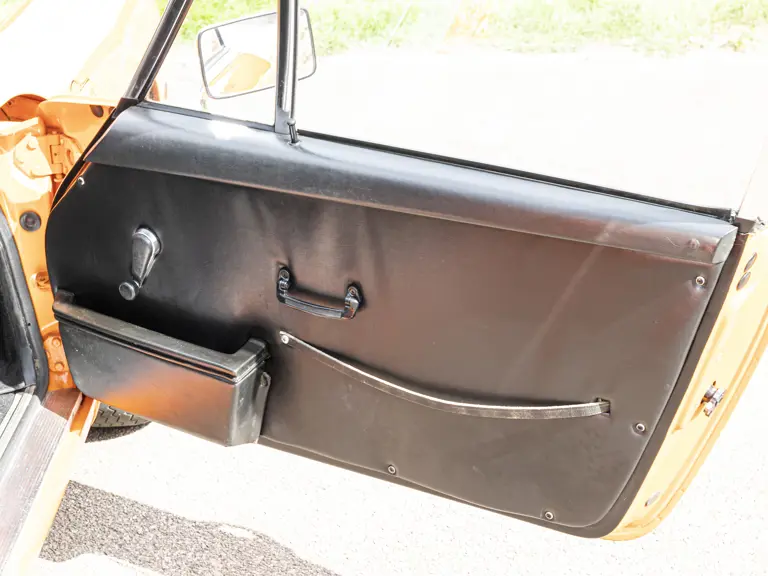
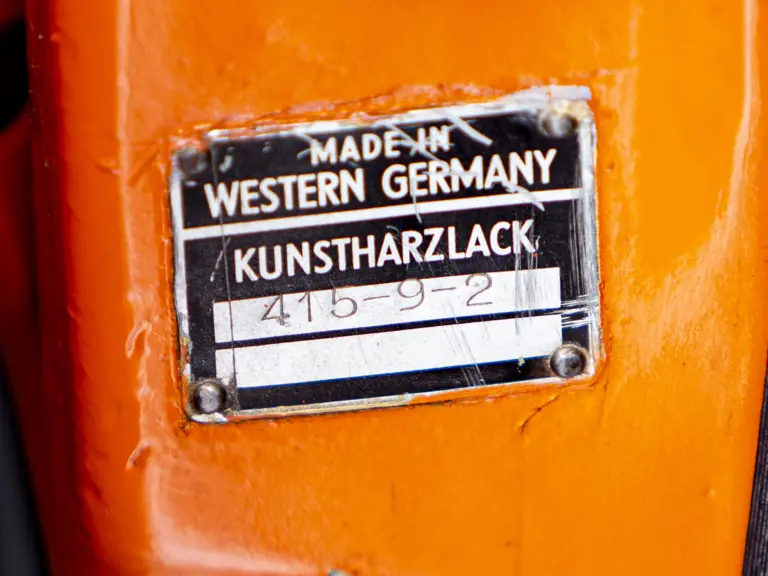
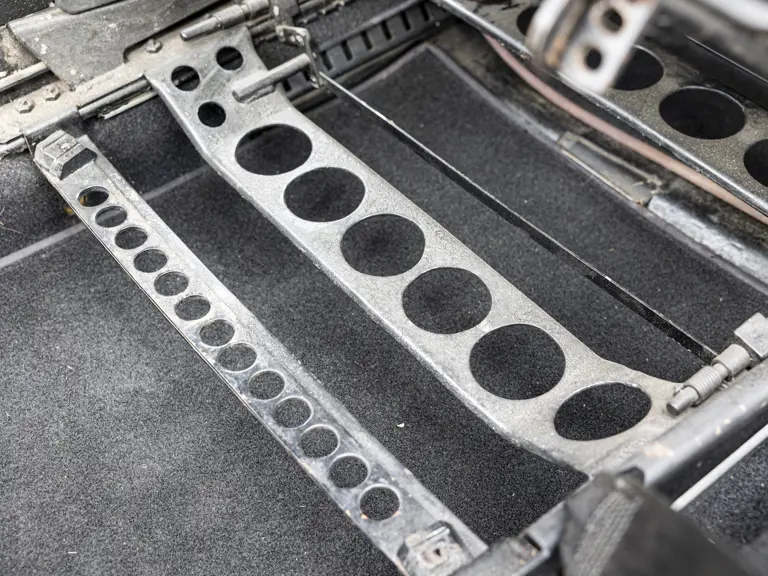
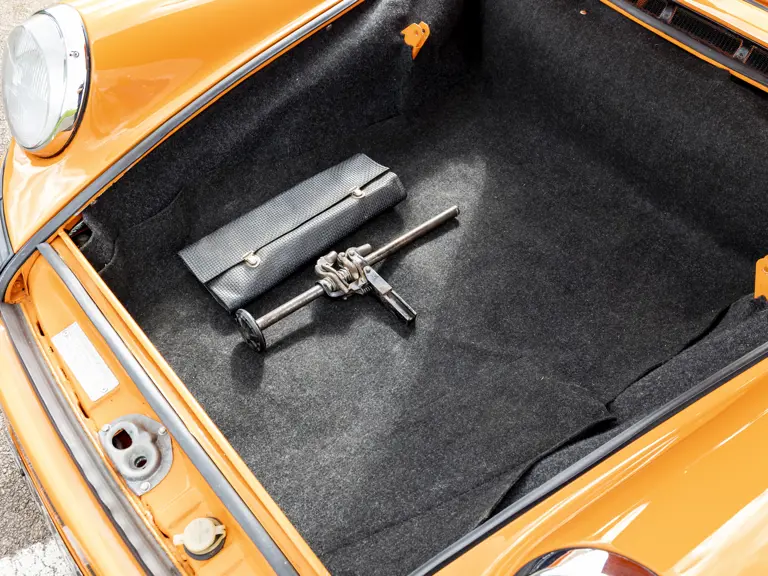
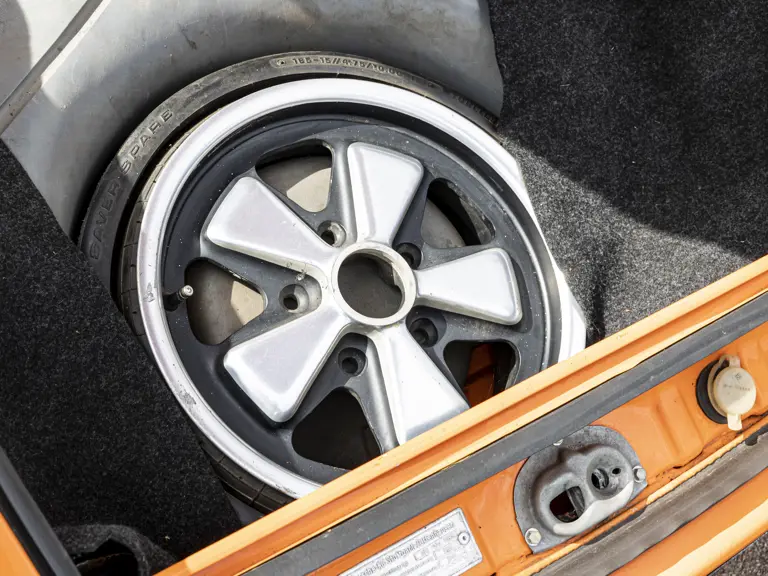
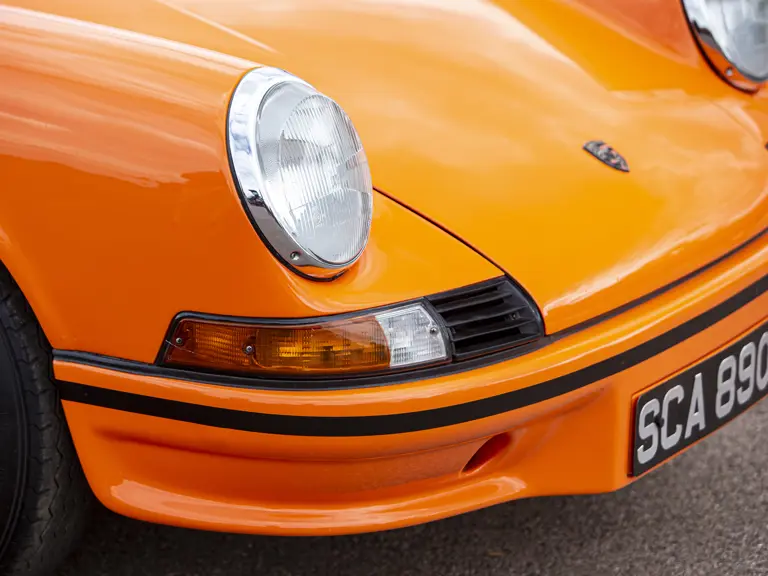
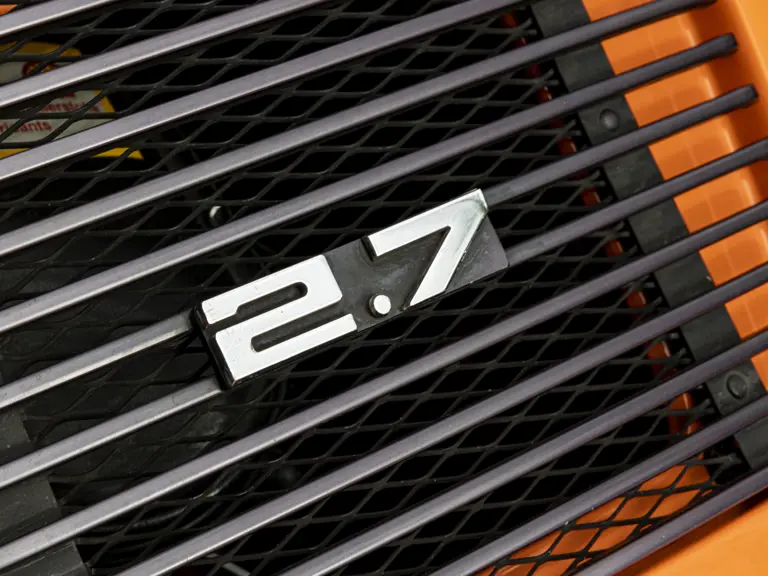
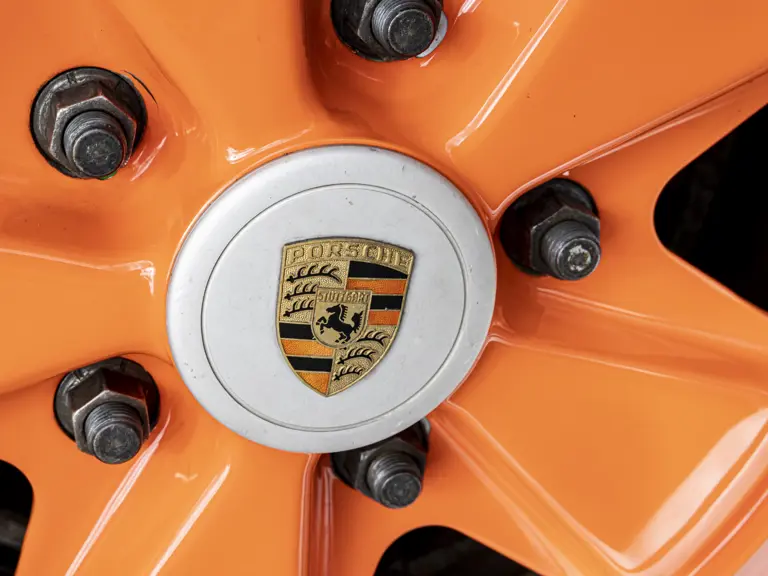

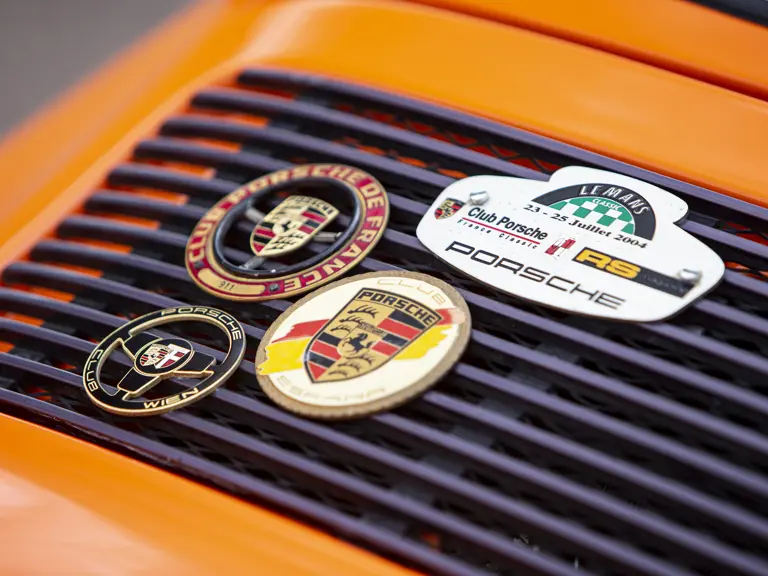
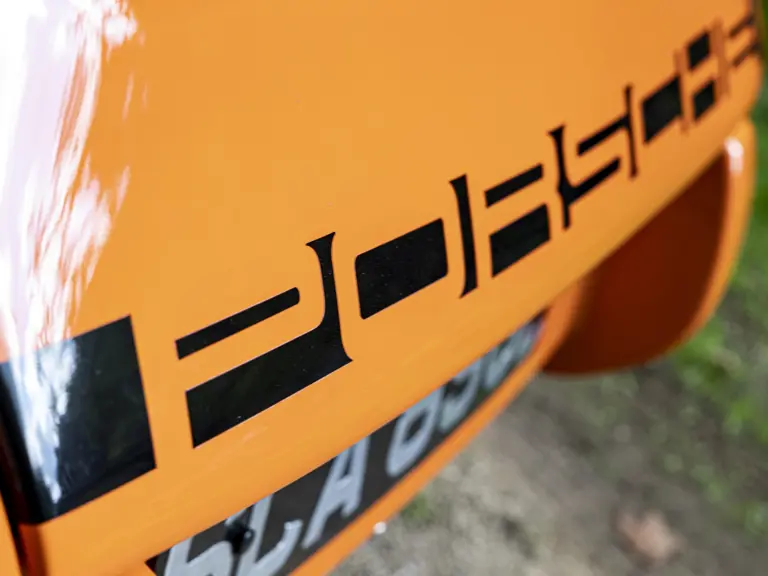
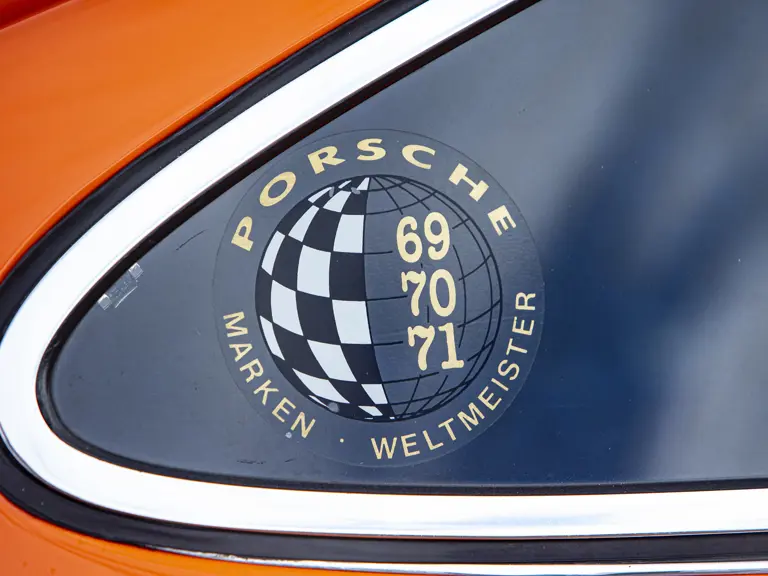
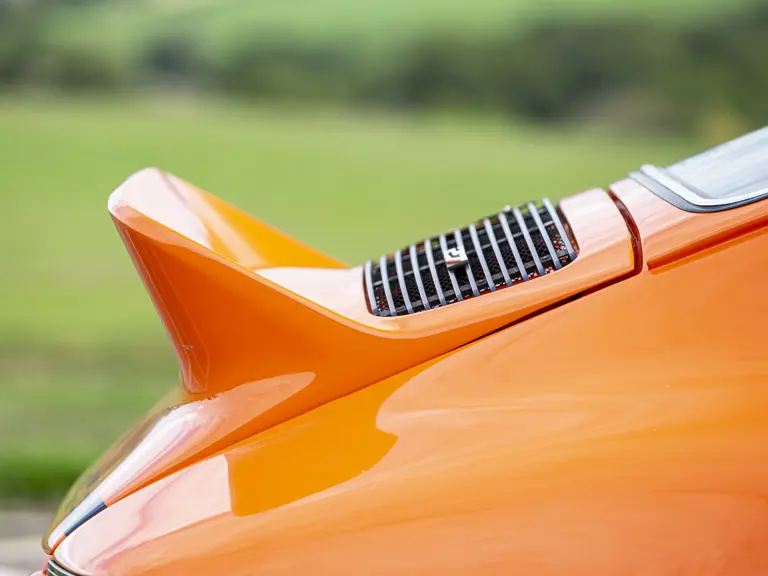
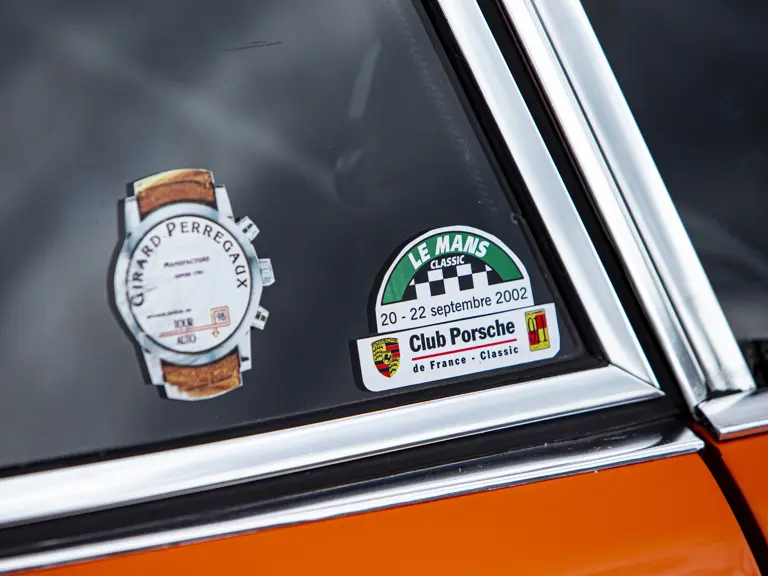
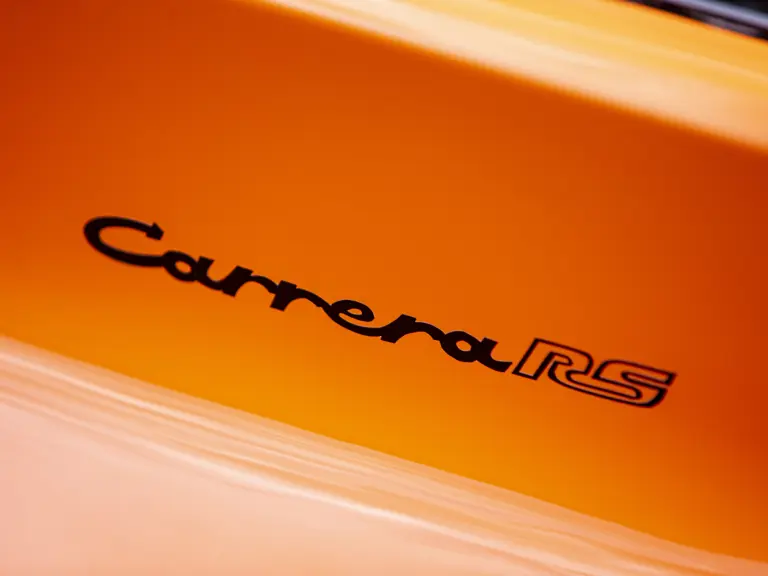
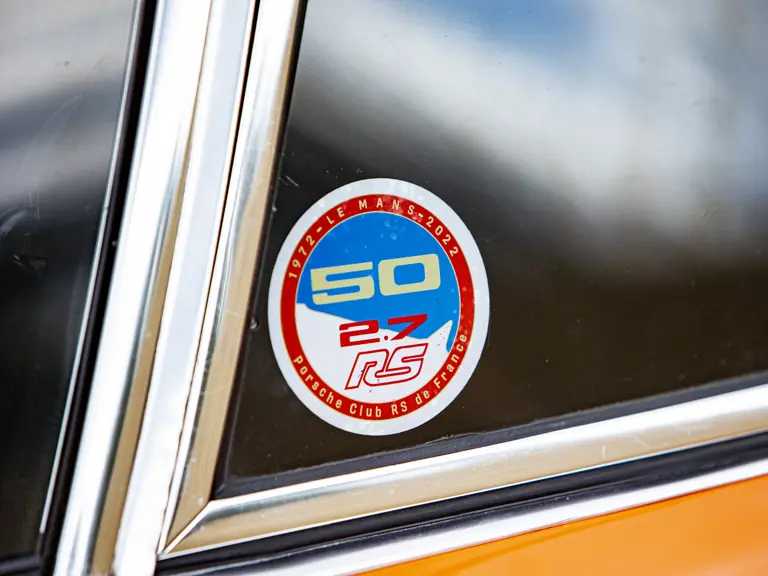
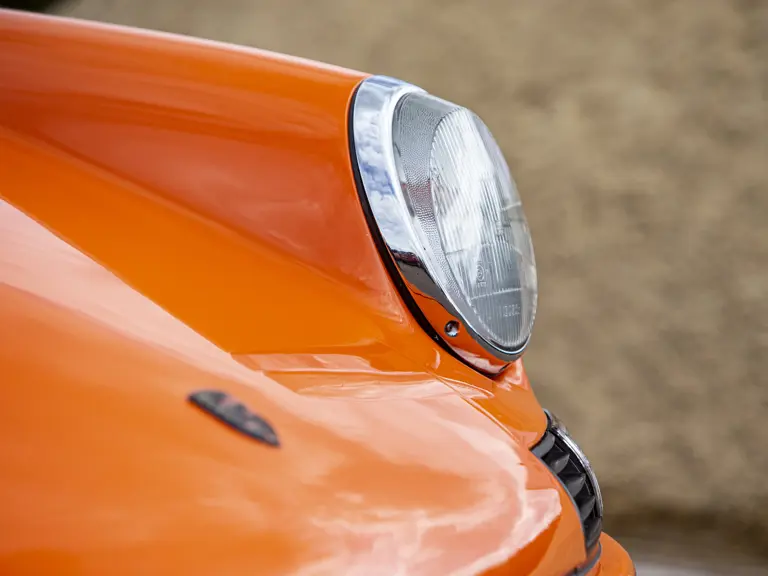
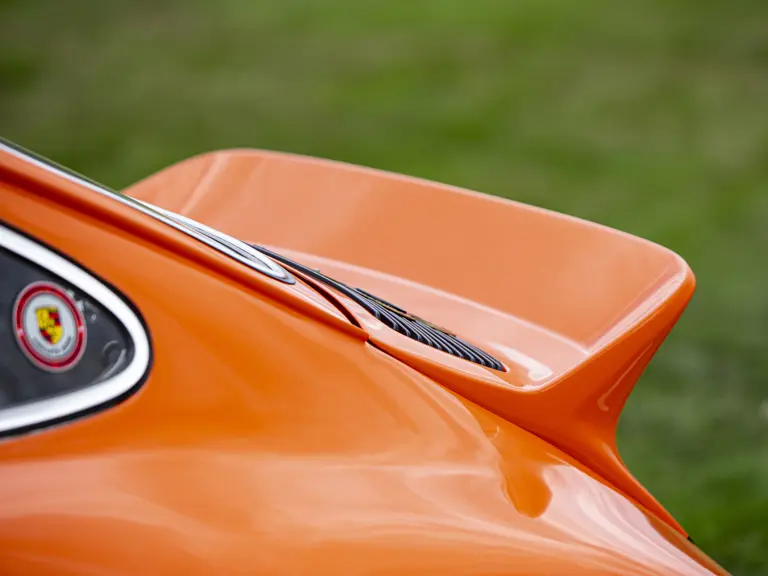
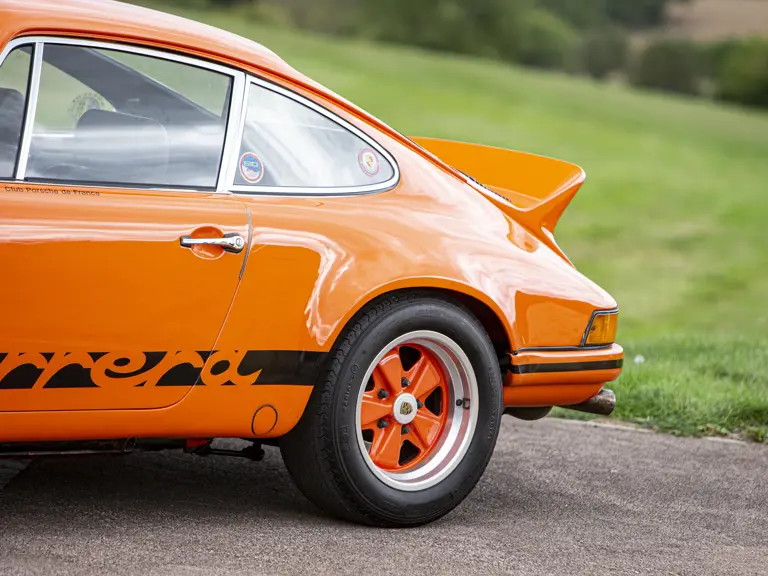
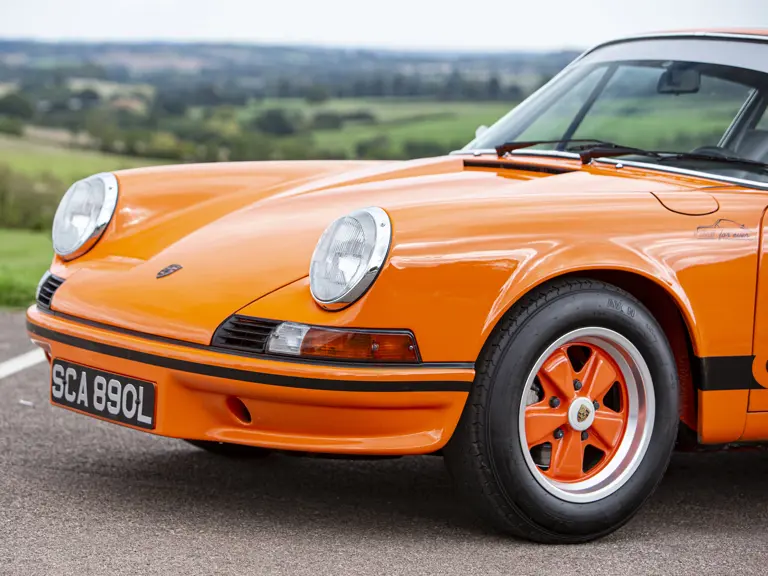
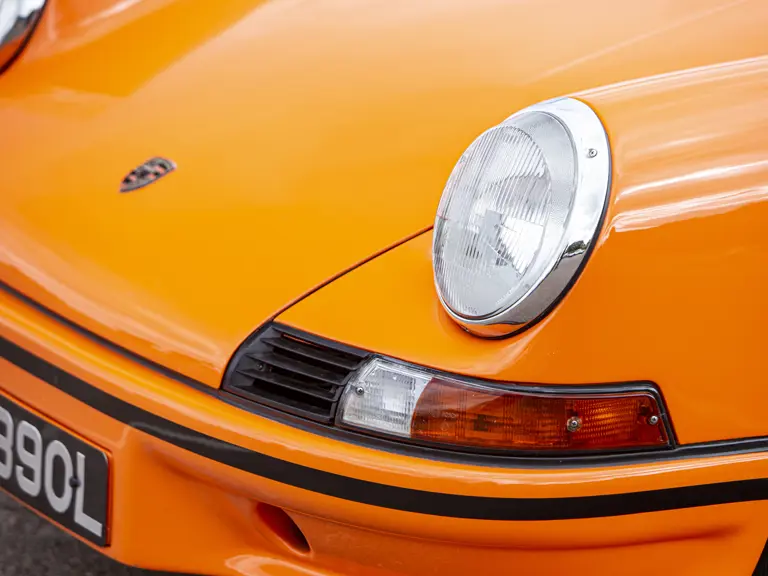
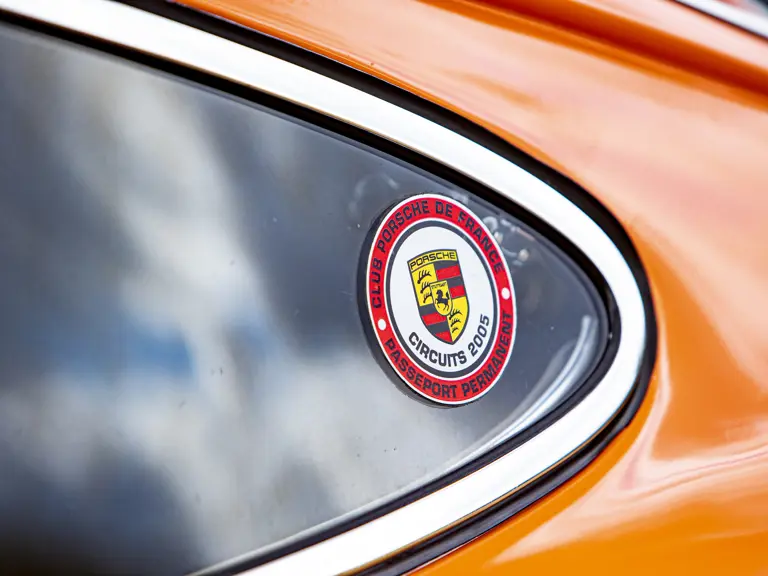
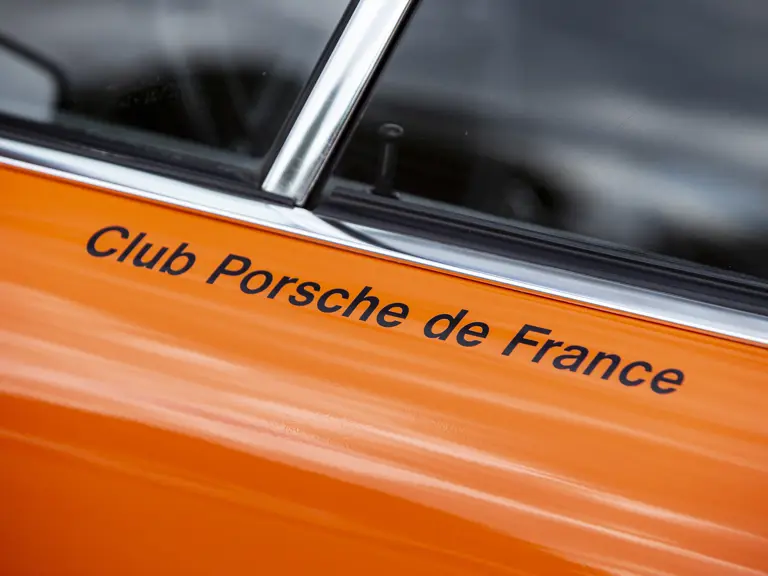
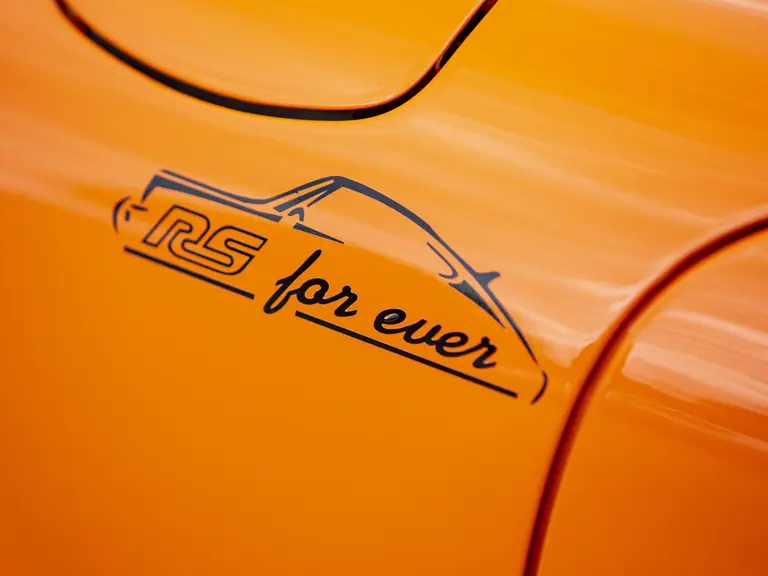
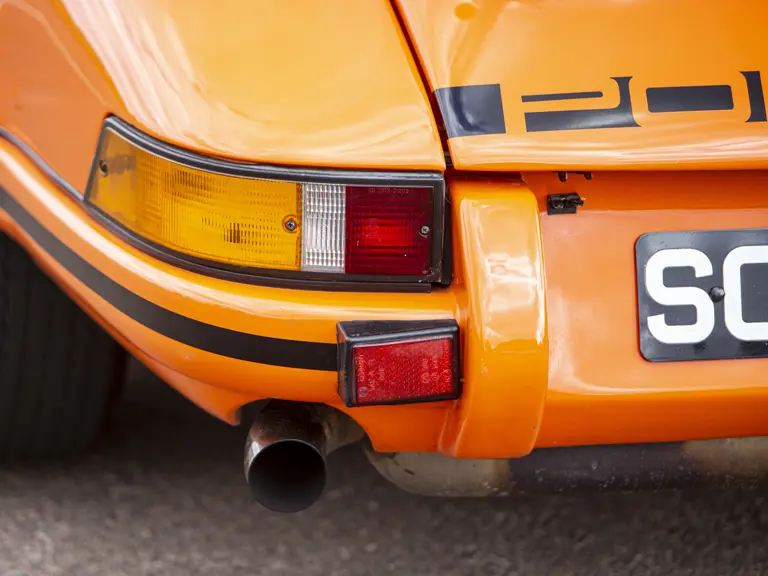
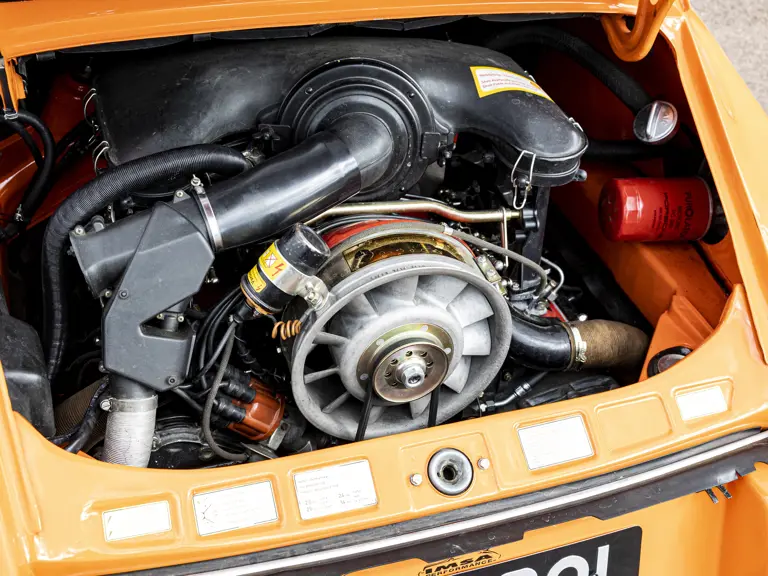
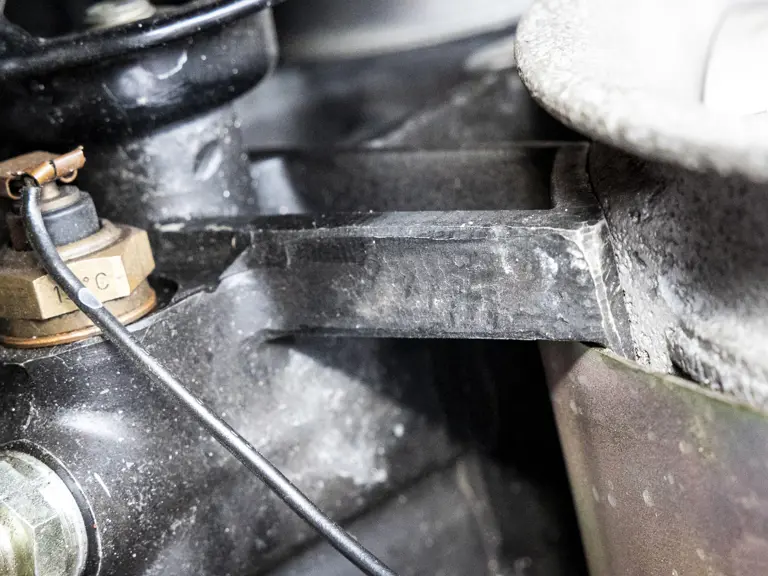
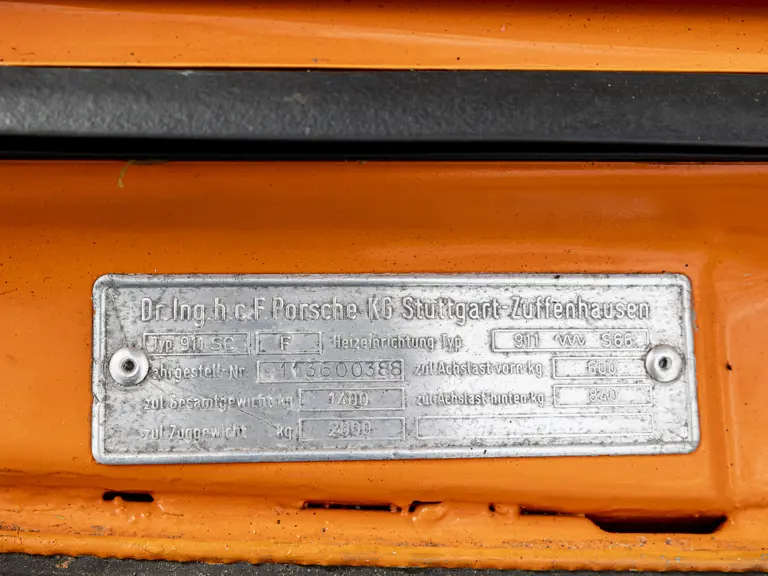
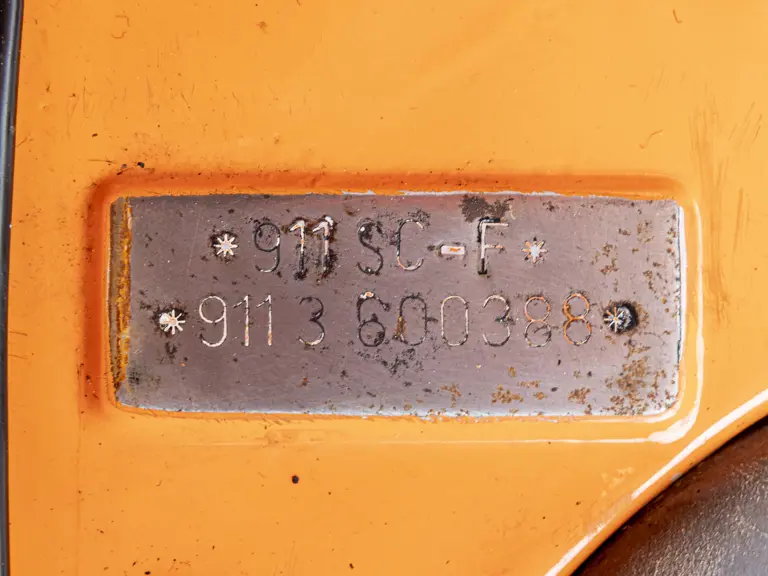
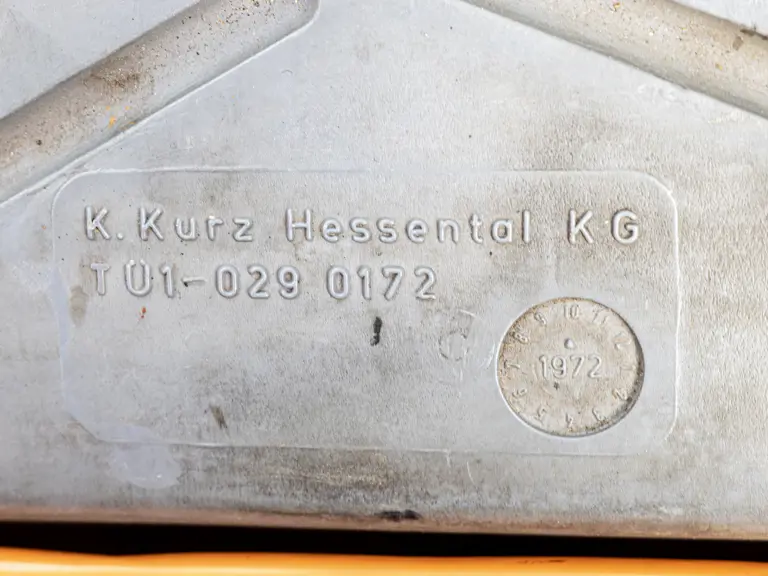
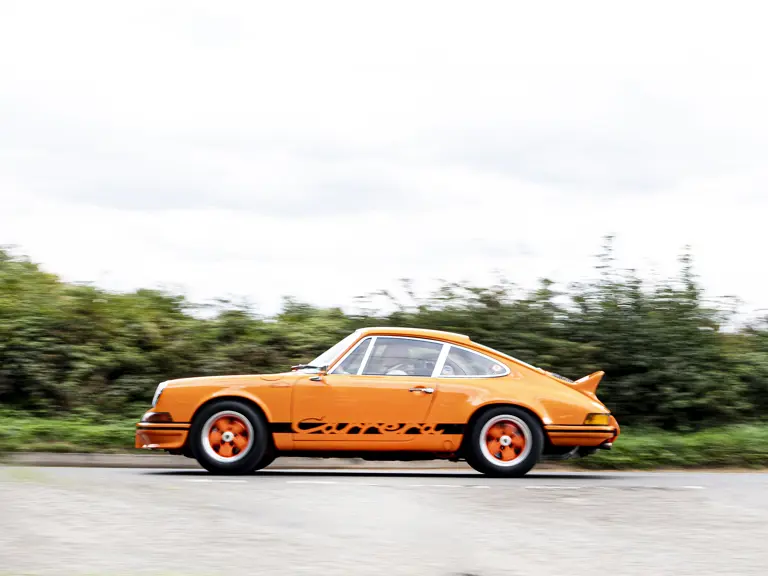
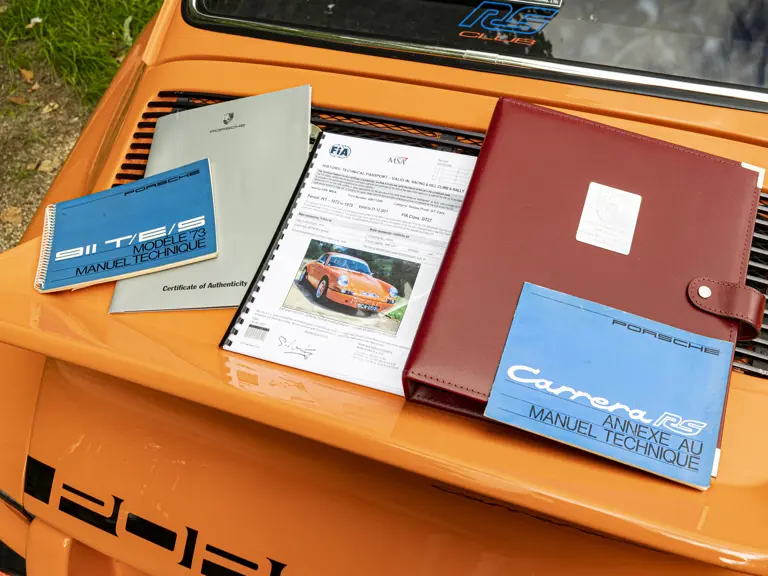
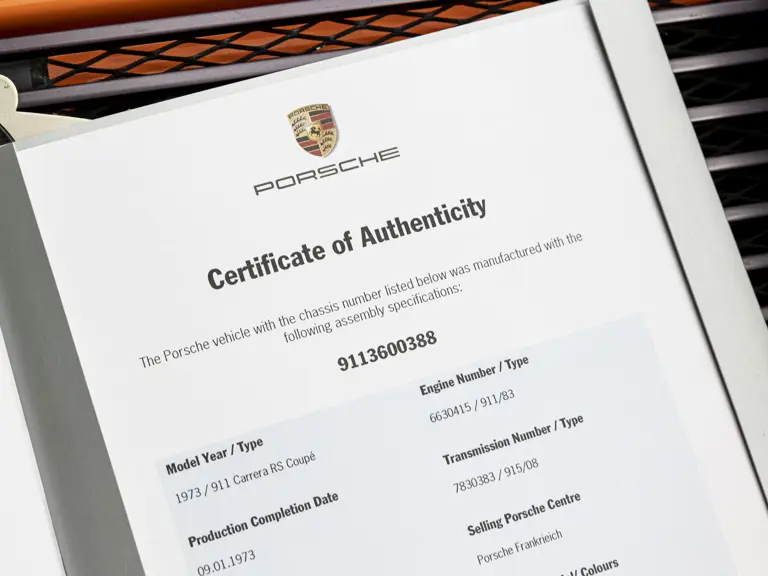
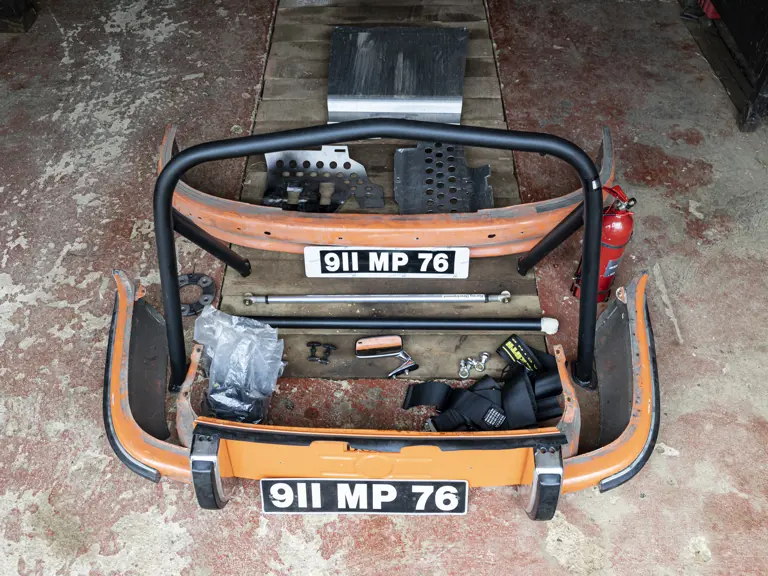
 | London, United Kingdom
| London, United Kingdom

